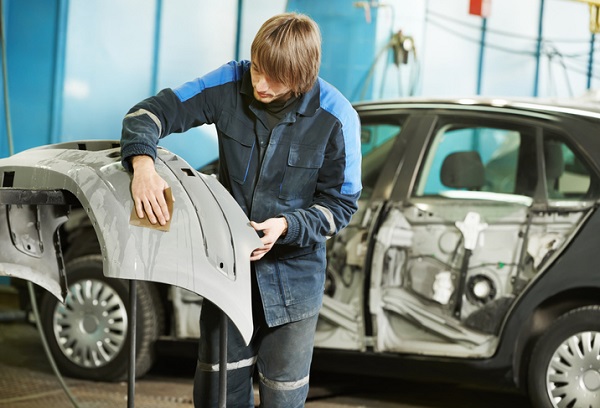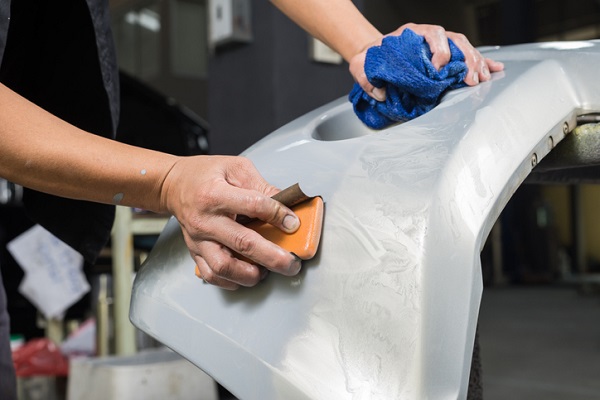What Students in Auto Body Schools Should Know about Different Bumpers and How they Work

Bumpers first started popping up on automobiles around 1915, at first only on the fronts of cars. They were quite thin and much more suited to decoration than protection. By the 1920s, chrome bumpers and varying styles were starting to appear as well, still with a focus on aesthetics.
Nowadays, bumpers protect auto bodies from damage to the front and back. They absorb impact, attempting to prevent it from reaching key elements like the engine, radiator, battery, and more. You may have noticed that bumpers come in different shapes and styles, appearing on different types of vehicles. Read on for more about the world of bumpers and how they work!
Regulations on Bumpers for Students in Auto Body Schools
Bumpers evolved from thin painted strips of metal mounted low on vehicles, to more stylish chrome, then finally to higher mounted and eventually plastic bumpers that were pioneered by Pontiac. Regulations started to come into play for bumpers in the 1970s, and today bumpers are a functional safety feature rather than simply a pretty face.
Motor vehicle safety regulations govern the standards that bumpers must meet, so any work that could cause modifications to this part of a vehicle should be approached carefully in a career after auto body repair courses. Height is an obvious issue, as bumpers need to hit each other when there is impact between two vehicles.
Types of Bumpers You Might See After Auto Body Repair Courses
Standard bumper design builds bumpers directly onto the front and rear of consumer passenger cars. They are located below the grille and are most often Original Equipment Manufacturer, or OEM, parts. In general, a wider variety of bumpers can be seen when looking at pick-up trucks or larger vehicles. Deep drop bumpers, roll pan bumpers, and tube bumpers are some common variations.
Deep drop bumpers are also referred to as cowboy bumpers. They are for towing and can handle heavy-duty loads. Roll pan bumpers are more streamlined with a cleaner look and are often made of fibreglass. Tube bumpers extend over the grille and below the lights, often shielding both. You may see quite a few tube bumpers if you work on jeeps.

How Bumpers Function to Keep Vehicles Safer
Bumpers are meant to provide protection in low-impact collisions. Professionals in careers after auto body schools will see that low-speed crashes are very common, with bumpers serving a key purpose in minimizing body damage. Bumpers are generally built from reinforced steel, aluminum, fibreglass, or plastic, with space between the reinforced bar and the sheet metal of the automobile. When the bumper is hit, a plastic honeycomb or polypropylene foam absorbs the impact.

Tests are conducted on bumpers by running the front into a flat barrier, rear into a flat barrier, front into an angle barrier, and rear into a pole. These are conducted at low speeds, mimicking collisions that happen in places like parking lots and city traffic.
Are you interested in auto body repair career information?
Contact Automotive Training Centres to find out more!

